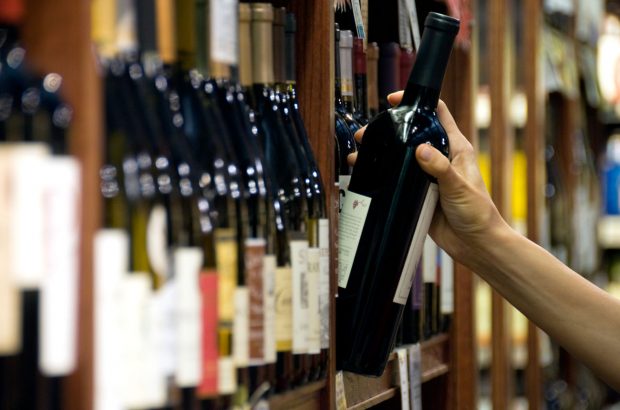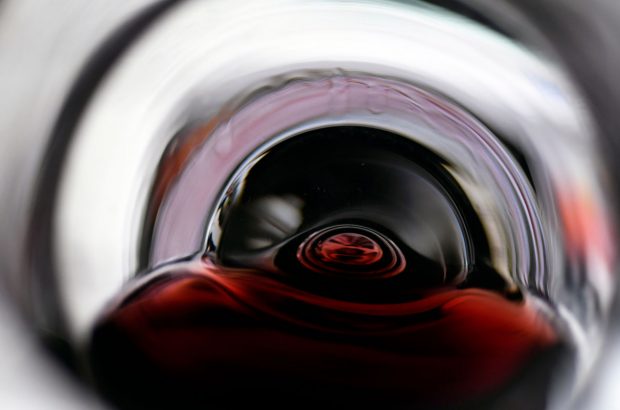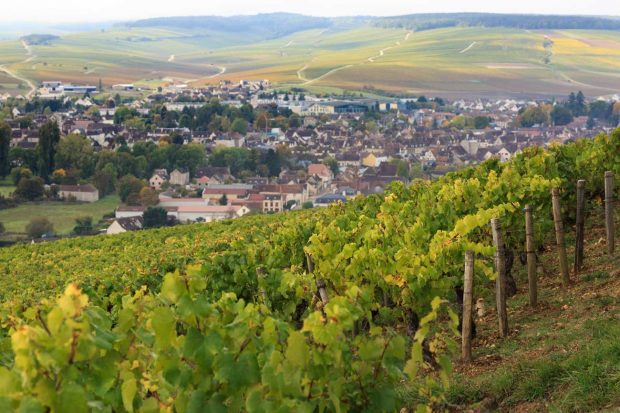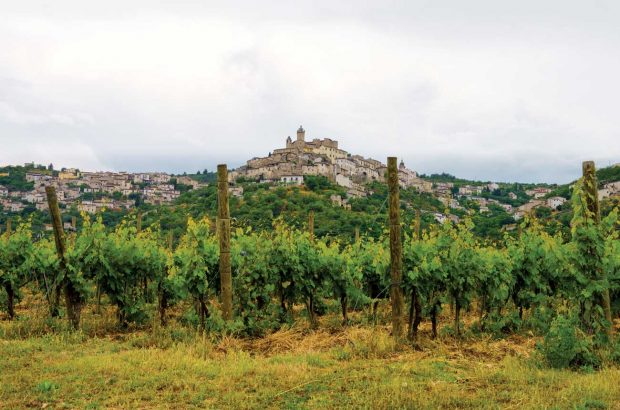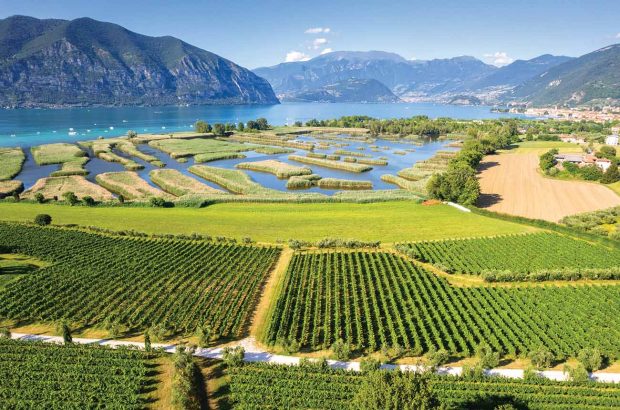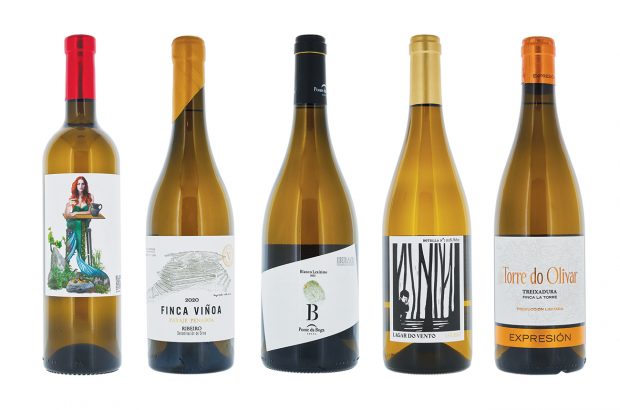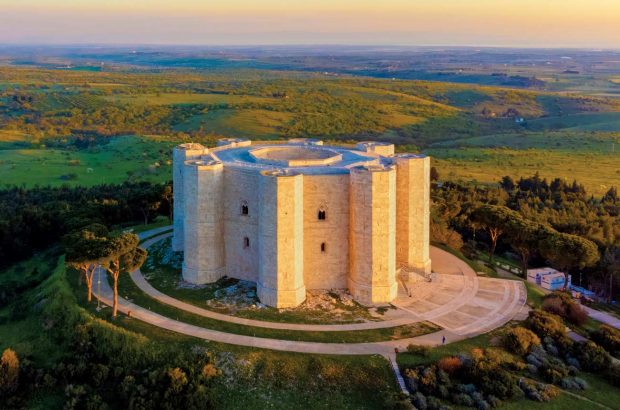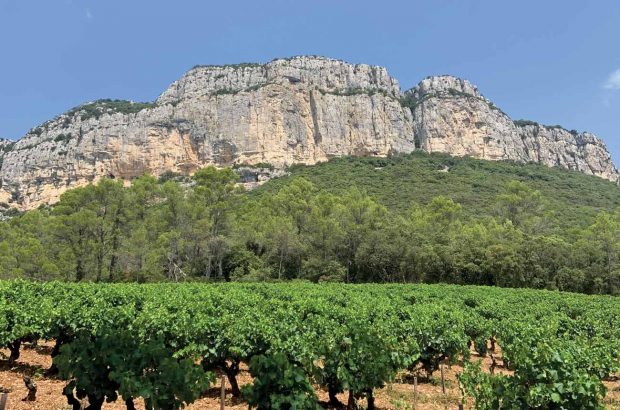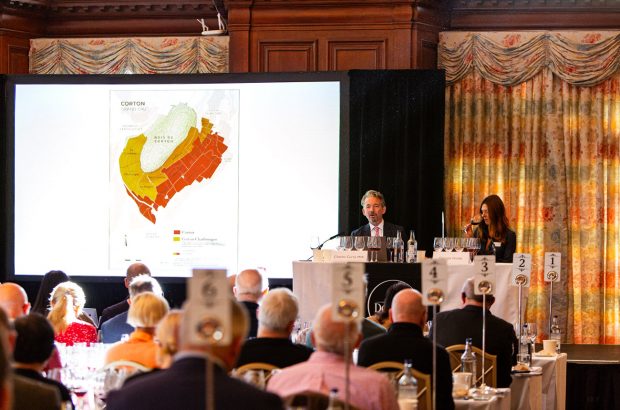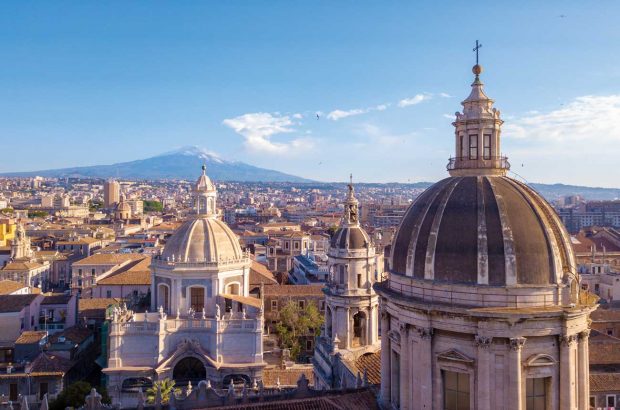It was not hard for Sebastián Labbé to capture the attention of an audience drawn to a tasting of multiple vintages of Viña Santa Rita Casa Real, the wine that inscribed Chile in the fine wine firmament, worthy of a place among Decanter’s Wine Legends.
Scroll down to see tasting notes and scores for three vintages of Santa Rita Casa Real Reserva Especial
Born in Chile and trained in New Zealand and Australia, Labbé returned to his home country in 2005, aged 25, to join Viña Carmen as Chief Winemaker. In early 2017, he was given the outstanding opportunity of leading the Ultra-Premium Sector at sister estate Viña Santa Rita (both Viña Carmen and Viña Santa Rita are part of Santa Rita Estates, under the umbrella of the Claro Group). With such privilege came the big responsibility of becoming the custodian of some of Chile’s most recognised and highly-regarded labels, not least the flagship Casa Real Reserva Especial.
Before him, only two other winemakers – Ignacio Recabarren and Cecilia Torres – had held the Casa Real helm. Alongside owner Ricardo Claro (the mastermind behind the creation of Casa Real) they defined a recognisable and consistent style that quickly turned heads both in Chile and abroad. First released in 1989, Casa Real revealed the potential of an overlooked terroir and its ability to yield a very specific expression of premium Cabernet Sauvignon.
See all Decanter tasting notes and scores for Santa Rita’s premium wines
In 2021, to celebrate the release of the 30th vintage of Casa Real, Viña Santa Rita made the wine available, for the first time, through La Place de Bordeaux. The announcement represented yet another pivotal moment in the wine’s history, consolidating its status as an iconic and pioneering Chilean label.
So far, Labbé’s tenure has been shaped by this prestigious legacy but also, and increasingly, by viticultural challenges and ambitious expansion plans. His own personal journey served as the perfect narrative thread for the insightful masterclass at the Decanter Fine Wine Encounter.

Credit: Ellen Richardson
A very Chilean Cabernet
Key to Casa Real’s enduring success are its consistency and classic yet characterful style, both reliant on the particular expression of Cabernet Sauvignon delivered by the terroirs of Alto Jahuel. Labbé delved into the three key variables that define this idiosyncrasy: geology, climate and viticultural choices.
A complex accumulation of alluvial sediments deposited strata in different ways across the slopes of Alto Jahuel, with distinct textures dynamically layered at variable depths. This creates a great deal of diversity within each vineyard, producing interesting if minute variations in fruit character. The heavier soils of the Carneros Viejos block, planted in the 1970s, are responsible for the wine’s more structural components, while the more gravely Población, a block planted in the 1980s, adds finesse and aromatic nuance. All blocks benefit from the long dry growing season, with cooling night winds from the Andes causing a wide temperature diurnal range. Cool nights help to preserve a fine acidity, keep alcohol levels in check and, says Labbé, shape the distinct aromatic profile of Cabernet Sauvignon that has become synonymous with Alto Jahuel and Casa Real.
Combined, Carneros Viejos, Población and recently planted, smaller sites – all ungrafted – make up the nearly 20 hectares that supply fruit for Casa Real. Plans to plant another 20 are underway. These will use plant material from massal selections from the existing plots. Labbé is not sure, however, if all of them will be on their own rootstock.
Grafted experiments delivered promising results, questioning the need for orthodoxy. Although he does recognise that much of Casa Real’s aromatic definition and purity of fruit might be a byproduct of own-root systems, other considerations – such as ever diminishing water resources – might need to come into play.

Viña Santa Rita Casa Real discovery tasting at the DFWE 2023. Credit: Ellen Richardson
Blending to perfection
If the different plots within the Casa Real vineyards deliver such nuanced aspects of Cabernet Sauvignon, carving – and remaining faithful – to a defined style requires mindful and masterful blending. For the masterclass, Labbé brought with him barrel samples from the 2023 vintage to illustrate the wide palette of components, from separately vinified plots, at his disposal. These also offered a glimpse of the ‘epic blending sessions’ held each year, in Bordeaux, alongside consultant Eric Boissenot.
The filigreed aromatics of the Población sites and the more robust structure of the Carneros Viejos sections became apparent in the barrel samples tasted. It’s not hard to see how, upon blending, these create a balanced matrix, in which the tannic framework of Carneros holds the vibrant and perfumed details of the Población fruit. Interestingly, a sample from a more recently-planted plot (Carneros Sur, 2015) had a particular balance of its own, promising great things from new and future plantings.
The tasting closed with a selection of three vintages: 2020, 2012 and 1994 (see tasting notes below). The latter showcased the somewhat overlooked longevity of Casa Real. While ready to drink, it still displays bags of finesse, freshness and the lingering herbal savouriness which is so characteristic of Alto Jahuel Cabernet Sauvignon.
Looking ahead
Winemaking at Santa Rita has so far been, first and foremost, a way of harnessing the quality of the Cabernet fruit that goes into Casa Real. Hand-harvested grapes are gently basket pressed and vinified in more than 25 small batches (some through spontaneous fermentation). The wine is bottled without filtration and clarification.
Is this purist approach – and the recognisable style it facilitates – being questioned by climate change? Labbé explained that, to preserve balance and character, the focus will be on strategic viticultural decisions, such as harvesting earlier and increasing the use of cover crops.
He is already making minor tweaks in the cellar though: the use of new oak has been toned down (75%, down from 100%) and there’s a chance future vintages might go through gentle clarification, which Labbé believes might help the Cabernet Sauvignon fruit to shine even more. ‘I want to remain respectful to the heritage and style I had the privilege of inheriting,’ he concludes. ‘All changes are done to preserve the character that has made Casa Real such an iconic wine.’

Casa Real’s label has remained largely unchanged since its first release, in 1989



